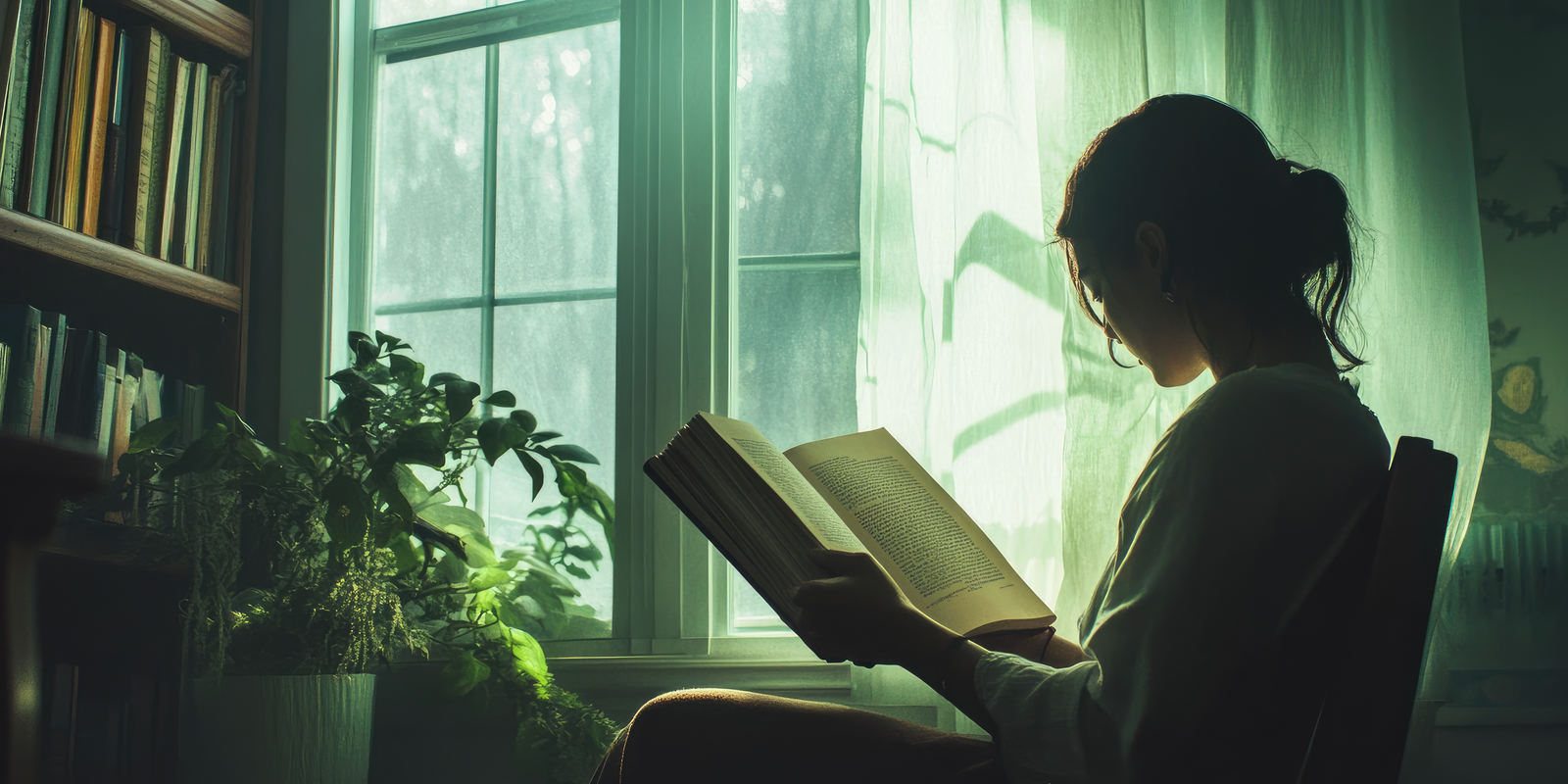Before the first line is spoken.
Before the first character moves.
The light has already told you how to feel.
We enter worlds—animated or live action—not through plot or dialogue, but through tone. And more often than not, that tone is defined by the lighting. A warm dusk filtering through blinds. A sterile, flickering overhead. The long shadow of a character walking into the unknown. These are not just aesthetics. These are emotional cues—silent signals that prepare the audience before a single frame changes.
At Studio Image Works, we think of lighting not as a technical layer, but as the film’s emotional nervous system.
The Psychology of Light
It’s easy to overlook. Lighting is everywhere and nowhere. It supports but rarely shouts. But make no mistake—lighting directs the heart.
A soft rim light can make a character seem sacred. A harsh top-down beam can make them feel judged. A cold gradient across a scene might whisper tension. A subtle flicker? Dread. The difference between comfort and unease, trust and betrayal, often lives not in the script—but in the light around it.
When we light a scene, we’re not just shaping how it looks. We’re shaping how it feels—what the audience senses before they’ve even understood why.
Lighting as Language
In animation, every detail is intentional. Every beam, bounce, and shadow is crafted. That’s the beauty—and the burden. Nothing happens by chance.
Our lighting artists work as emotional translators. Given a character’s arc or a scene’s beat, their role is not simply to illuminate—but to interpret. What is this moment saying? What does this character feel, deep down? What kind of memory should this shot leave behind?
Just like dialogue has rhythm and subtext, lighting has tone and texture. It can be loud or quiet, sharp or soft, welcoming or alien. In fact, in many of our projects, lighting decisions are made long before the final animation—because we believe it informs the emotion, not just reacts to it.
The Anatomy of a Feeling
Take a simple example: a character alone in a room.
Lit with golden-hour sunlight, the moment feels nostalgic, maybe even hopeful. Shift that light to a cool, blue wash, and suddenly it’s a portrait of loneliness. Swap it for high-contrast shadows and sharp edges, and now it’s fear. The room hasn’t changed. The character hasn’t moved. But the audience’s heart has been guided in an entirely new direction—just by the way we sculpted light into the space.
That’s the power of unspoken colors. You can shape mood without movement. You can tell truth without a single word.
Beyond Realism: Emotional Authenticity
We’re often asked: “Is your lighting realistic?” And our answer is simple: we don’t aim for realism. We aim for emotional authenticity.
In stylized projects or surreal narratives, our lighting choices break rules on purpose. A shadow might fall against physics but land perfectly on theme. A rim light may bloom too brightly—because that’s what the character feels in that moment. And when reality bends in favor of resonance, something extraordinary happens: viewers don’t notice the break. They feel the meaning.
Because lighting isn’t just about what you see. It’s about what you sense—and that’s where true storytelling lives.
The Light You Don’t See
Sometimes the most powerful light is the one that’s absent.
A scene cloaked in darkness isn’t empty—it’s waiting. Waiting for a spark, for a reveal, for the truth to emerge. We love exploring contrast at Studio Image Works: not just light versus dark, but clarity versus ambiguity. We use darkness not to obscure, but to invite. To ask the viewer to lean in. To feel the tension between what is shown and what is withheld.
And in that space—in the in-between—story happens
Lighting is often called the finishing touch. But we believe it’s something more. It’s the story before the story. The heartbeat of the frame. The pulse of a feeling you can’t quite name—but that stays with you, long after the scene has ended.
At Studio Image Works, light is not a tool. It’s a voice.
And we use it to whisper things words can’t say.





